Showing 11-20 of 81 results
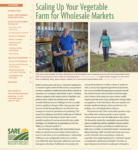
Scaling Up Your Vegetable Farm for Wholesale Markets
For direct market farmers, expanding your operation to capture local and regional wholesale markets can represent an opportunity. But such a shift brings with it many changes to how you run your farm because the expectations that wholesale buyers have is much different than your direct market customers. Scaling Up Your Vegetable Farm for Wholesale […]
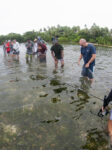
Understanding and Measuring Social Sustainability
This SARE brief defines social sustainability and illustrates how it can be addressed more clearly in SARE projects. Sample projects and quality of life indicators are provided to help grant-seekers and reviewers think broadly about understanding, measuring and describing the social impacts of research and education projects.
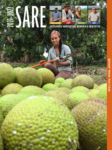
2021–2022 Report from the Field
Report from the Field features 12 stories from around the country of recent SARE grantees who are finding new ways to improve the sustainability of U.S. agriculture. The report also summarizes our total investment in research and education projects since 1988.
Plain Language Guides for New and Under-Served Producers
These plain language guides cover topics such as farm financing, accessing government programs, harvest practices and marketing. The plain language format makes this material accessible to beginning farmers, immigrants and other under-served audiences. They were produced by New Entry Sustainable Farming Project.
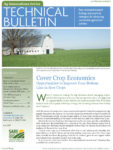
Cover Crop Economics
Cover crops can build soil health, control weeds, conserve moisture, provide grazing opportunities and more. But when do they start to pay for themselves? This analysis looks at the economics behind different management scenarios to determine if cover crops are likely to improve profitability in one, three or five years of use in corn and soybean rotations.
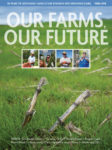
30 Years of SARE: Our Farms, Our Future
30 Years of SARE: Our Farms, Our Future tells the story of thousands of men and women who have led SARE and received SARE grants. They have one objective in common: making American agriculture stronger, more sustainable and better equipped to face the challenges of today and tomorrow.
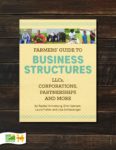
Farmers' Guide to Business Structures
Farmers’ Guide to Business Structures describes the fundamentals of sole proprietorships, general partnerships, limited liability companies and C, S and B corporations in straightforward language, to help you choose the best entity for your operation. Selecting the right business entity for your farm is like building the foundation of a house.

Bringing Independent Farmers into the Marketplace
Small- and mid-sized farms are increasingly turning to supermarkets as a means to earn more for their products and to participate in local economies. In this video, Diana Endicott discusses how she decided to take this route 15 years ago when it was less typical, and how her efforts have resulted in a 100-member co-op today that sells to 30 stores in the Kansas City area.

Building a Local Food Movement
Over the last few decades, agriculture in western North Carolina has transformed from a reliance on tobacco to a diversified, self-sustaining industry intertwined with local communities and economies. In this video, learn how one organization has worked alongside local farmers and communities to support this transformation.
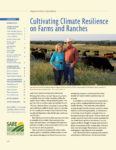
Cultivating Climate Resilience on Farms and Ranches
This bulletin outlines the new challenges that changing weather patterns pose in agriculture throughout the United States, and what you can do to make your farm more resilient.